MXene nanoflakes decorating ZnO tetrapods for enhanced performance of skin-attachable stretchable enzymatic electrochemical glucose sensor
Valerii Myndrul a, Emerson Coy a, Nataliya Babayevska a, Veronika Zahorodna b, Vitalii Balitskyi b, Ivan Baginskiy b, Oleksiy Gogotsi b, Mikhael Bechelany c, Maria Teresa Giardi d,e , Igor Iatsunskyi a
a NanoBioMedical Centre, Adam Mickiewicz University, 3, Wszechnicy Piastowskiej Str., 61-614, Poznan, Poland
b Materials Research Center, Krzhizhanovskogo street, 3, 03680, Kyiv, Ukraine
c Institut Européendes Membranes, IEM, UMR5635, Univ Montpellier, ENSCM, CNRS, 34095, Montpellier, CEDEX5, France
d Biosensor Srl, Via Degli Olmetti 44, 00060, Formello, Rome, Italy
e Istituto di Cristallografia, CNR Area Della Ricerca di Roma, 00015, Monterotondo Scalo, Rome, Italy
Received 23 December 2021, Revised 24 February 2022, Accepted 27 February 2022, Available online 6 March 2022, Version of Record 14 March 2022. https://doi.org/10.1016/j.bios.2022.114141
Highlights
• A skin-attachable sensor for sweat glucose monitoring based on ZnO/MXene is designed.
• ZnO TPs/MXene exhibits an enhanced catalytic activity towards glucose oxidation.
• Electrochemical sensor shows high selectivity, long-term and mechanical stabilities.
• ZnO TPs/MXene sensor provides a low limit of detection (≈17 μM) of glucose in sweat.
• Results of in vivo glucose detection correlate with data of finger-prick blood tests.
Abstract
Continuous painless glucose monitoring is the greatest desire of more than 422 million diabetics worldwide. Therefore, new non-invasive and convenient approaches to glucose monitoring are more in demand than other tests for microanalytical diagnostic tools. Besides, blood glucose detection can be replaced by continuous glucose monitoring of other human biological fluids (e.g. sweat) collected non-invasively. In this study, a skin-attachable and stretchable electrochemical enzymatic sensor based on ZnO tetrapods (TPs) and a new class of 2D materials - transition metal carbides, known as MXene, was developed and their electroanalytical behavior was tailored for continuous detection glucose in sweat. The high specific area of ZnO TPs and superior electrical conductivity of MXene (Ti3C2Tx) nanoflakes enabled to produce enzymatic electrochemical glucose biosensor with enhanced sensitivity in sweat sample (29 μA mM−1 cm−2), low limit of detection (LOD ≈ 17 μM), broad linear detection range (LDR = 0.05–0.7 mM) that satisfices glucose detection application in human sweat, and advanced mechanical stability (up to 30% stretching) of the template. The developed skin-attachable stretchable electrochemical electrodes allowed to monitor the level of glucose in sweat while sugar uptake and during physical activity. Continuous in vivo monitoring of glucose in sweat obtained during 60 min correlated well with data collected by a conventional amperometric blood glucometer in vitro mode. Our findings demonstrate the high potential of developed ZnO/MXene skin-attachable stretchable sensors for biomedical applications on a daily basis.
Keywords: MXene, ZnO tetrapods, Glucose sensor, Glucose oxidase, Sweat glucose monitoring.
Cite:
Valerii Myndrul, Emerson Coy, Nataliya Babayevska, Veronika Zahorodna, Vitalii Balitskyi, Ivan Baginskiy, Oleksiy Gogotsi, Mikhael Bechelany, Maria Teresa Giardi, Igor Iatsunskyi, MXene nanoflakes decorating ZnO tetrapods for enhanced performance of skin-attachable stretchable enzymatic electrochemical glucose sensor, Biosensors and Bioelectronics, Volume 207, 2022, 114141, ISSN 0956-5663, https://doi.org/10.1016/j.bios.2022.114141.




 MXenes potential applications include sensors, wound healing materials, and drug delivery systems. A recent study explored how different synthesis methods affect the safety and performance of MXenes. By comparing etching conditions and intercalation strategies, researchers discovered that fine-tuning the surface chemistry of MXenes plays a crucial role in improving biocompatibility. These results provide practical guidelines for developing safer MXenes and bring the field one step closer to real biomedical applications.
MXenes potential applications include sensors, wound healing materials, and drug delivery systems. A recent study explored how different synthesis methods affect the safety and performance of MXenes. By comparing etching conditions and intercalation strategies, researchers discovered that fine-tuning the surface chemistry of MXenes plays a crucial role in improving biocompatibility. These results provide practical guidelines for developing safer MXenes and bring the field one step closer to real biomedical applications.
 Exellent news, our joint patent application with Drexel University on highly porous MAX phase precursor for MXene synthesis published. Congratulations and thanks to all team involved!
Exellent news, our joint patent application with Drexel University on highly porous MAX phase precursor for MXene synthesis published. Congratulations and thanks to all team involved! Our team was very delighted to take part in International Symposium "The MXene Frontier: Transformative Nanomaterials Shaping the Future" – the largest MXene event in Europe this year!
Our team was very delighted to take part in International Symposium "The MXene Frontier: Transformative Nanomaterials Shaping the Future" – the largest MXene event in Europe this year!  Last Call! Have you submitted your abstract for IEEE NAP-2025 yet? Join us at the International Symposium on "The MXene Frontier: Transformative Nanomaterials Shaping the Future" – the largest MXene-focused conference in Europe this year! Final Submission Deadline: May 15, 2025. Don’t miss this exclusive opportunity to showcase your research and engage with world leaders in the MXene field!
Last Call! Have you submitted your abstract for IEEE NAP-2025 yet? Join us at the International Symposium on "The MXene Frontier: Transformative Nanomaterials Shaping the Future" – the largest MXene-focused conference in Europe this year! Final Submission Deadline: May 15, 2025. Don’t miss this exclusive opportunity to showcase your research and engage with world leaders in the MXene field! We are excited to announce the publication of latest review article on MXenes in Healthcare. This comprehensive review explores the groundbreaking role of MXenes—an emerging class of 2D materials—in revolutionizing the fields of medical diagnostics and therapeutics. Read the full article here: https://doi.org/10.1039/D4NR04853A.
We are excited to announce the publication of latest review article on MXenes in Healthcare. This comprehensive review explores the groundbreaking role of MXenes—an emerging class of 2D materials—in revolutionizing the fields of medical diagnostics and therapeutics. Read the full article here: https://doi.org/10.1039/D4NR04853A. Congratulations and thank you to our collaborators from TU Wien and CEST for very interesting work and making it published! In this work, an upscalable electrochemical MXene synthesis is presented. Yields of up to 60% electrochemical MXene (EC-MXene) with no byproducts from a single exfoliation cycle are achieved.
Congratulations and thank you to our collaborators from TU Wien and CEST for very interesting work and making it published! In this work, an upscalable electrochemical MXene synthesis is presented. Yields of up to 60% electrochemical MXene (EC-MXene) with no byproducts from a single exfoliation cycle are achieved. Congratulations to all collaborators with this interesting joint work!
Congratulations to all collaborators with this interesting joint work!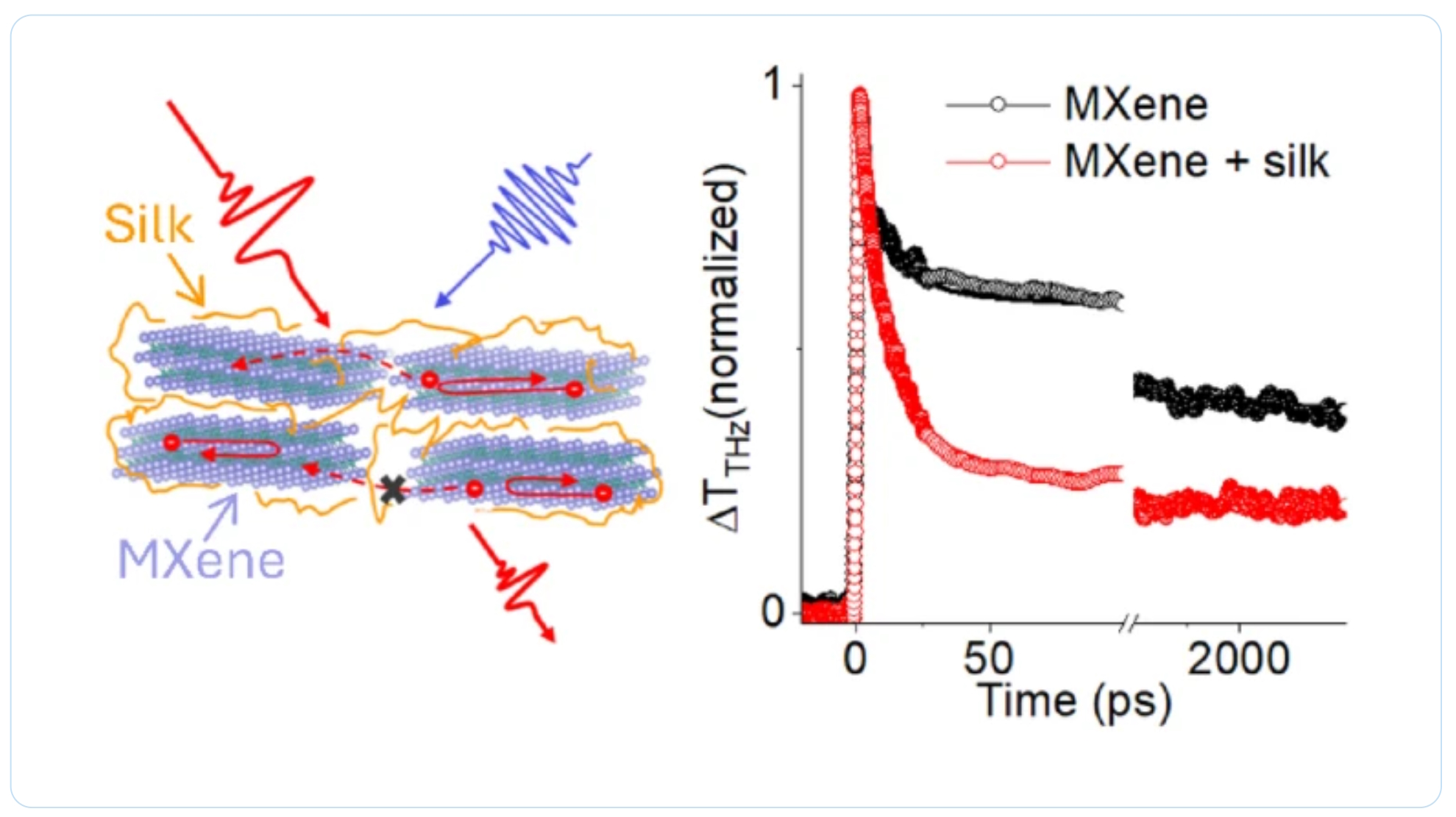 Thank you to our collaborators for the amazing joint work recently published in Graphene and 2D Nanomaterials about MXene–silk fibroin composite films aiming to develop materials with tunable electronic and thermal properties
Thank you to our collaborators for the amazing joint work recently published in Graphene and 2D Nanomaterials about MXene–silk fibroin composite films aiming to develop materials with tunable electronic and thermal properties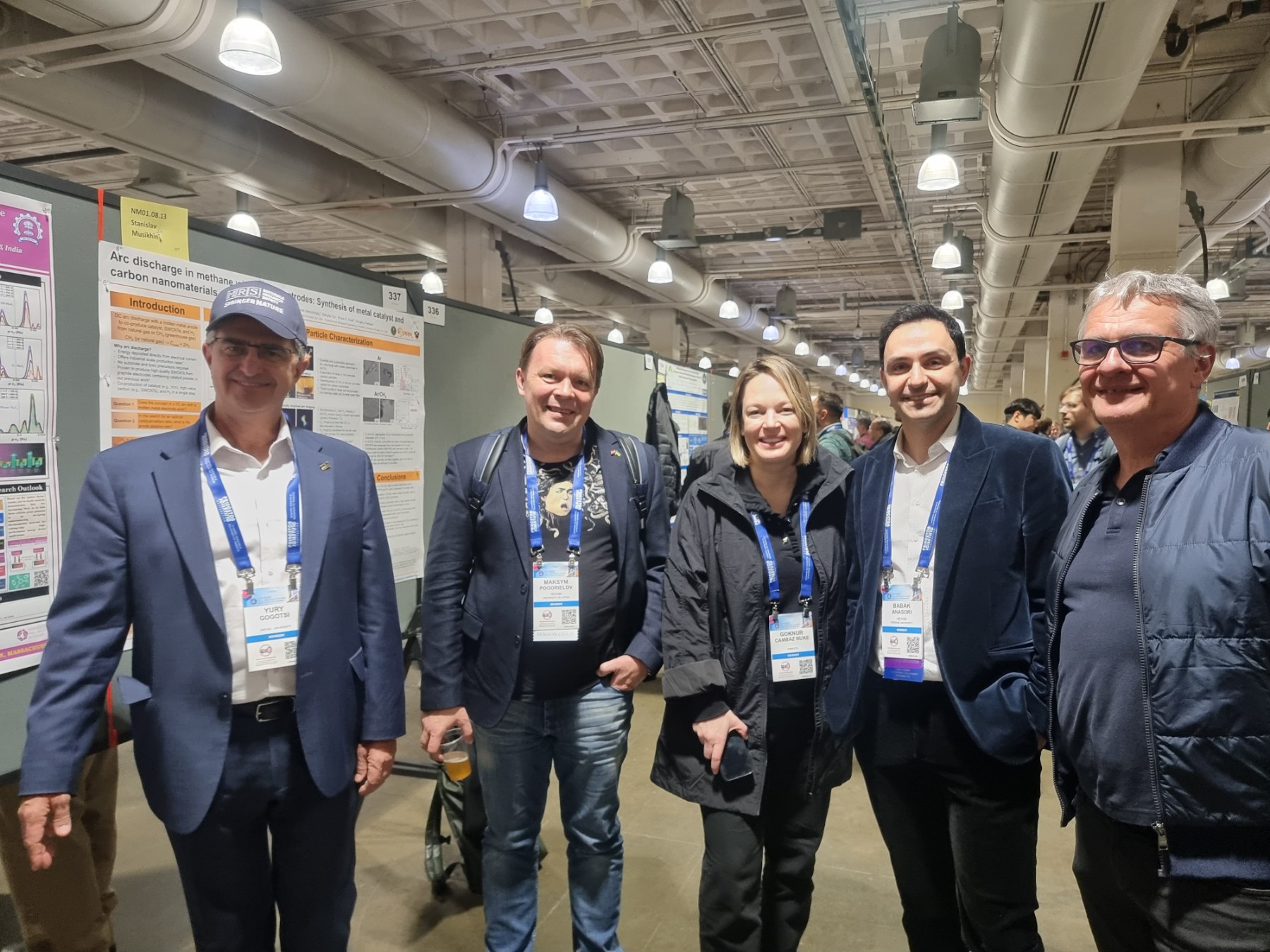 Dr. Oleksiy Gogotsi, director of MRC and Carbon-Ukraine, innovative companies that are among the leaders on the world MXene market, visited 2024 MRS Fall Meeting & Exhibit. together with Dr. Maksym Pogorielov, Head of Advanced Biomaterials and Biophysics Laboratory, University of Latvia.
Dr. Oleksiy Gogotsi, director of MRC and Carbon-Ukraine, innovative companies that are among the leaders on the world MXene market, visited 2024 MRS Fall Meeting & Exhibit. together with Dr. Maksym Pogorielov, Head of Advanced Biomaterials and Biophysics Laboratory, University of Latvia.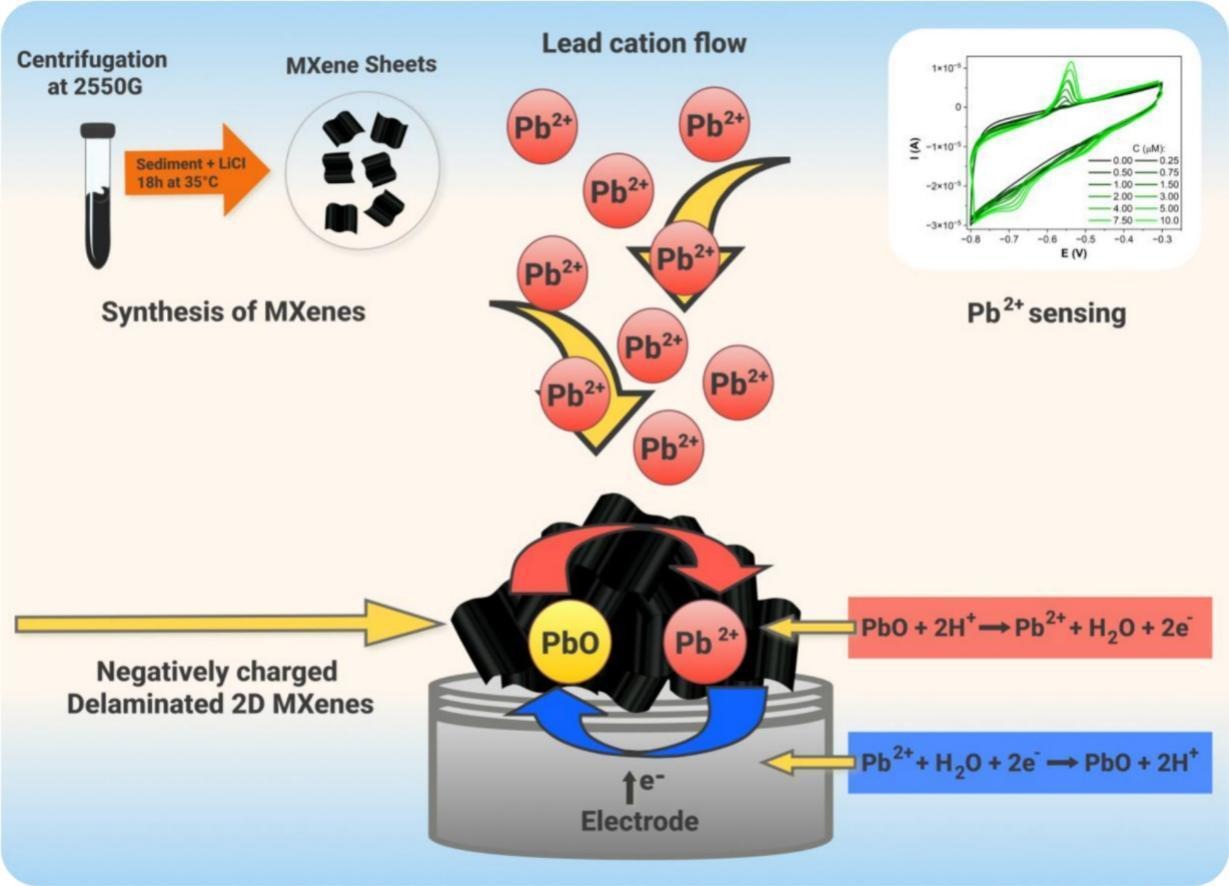
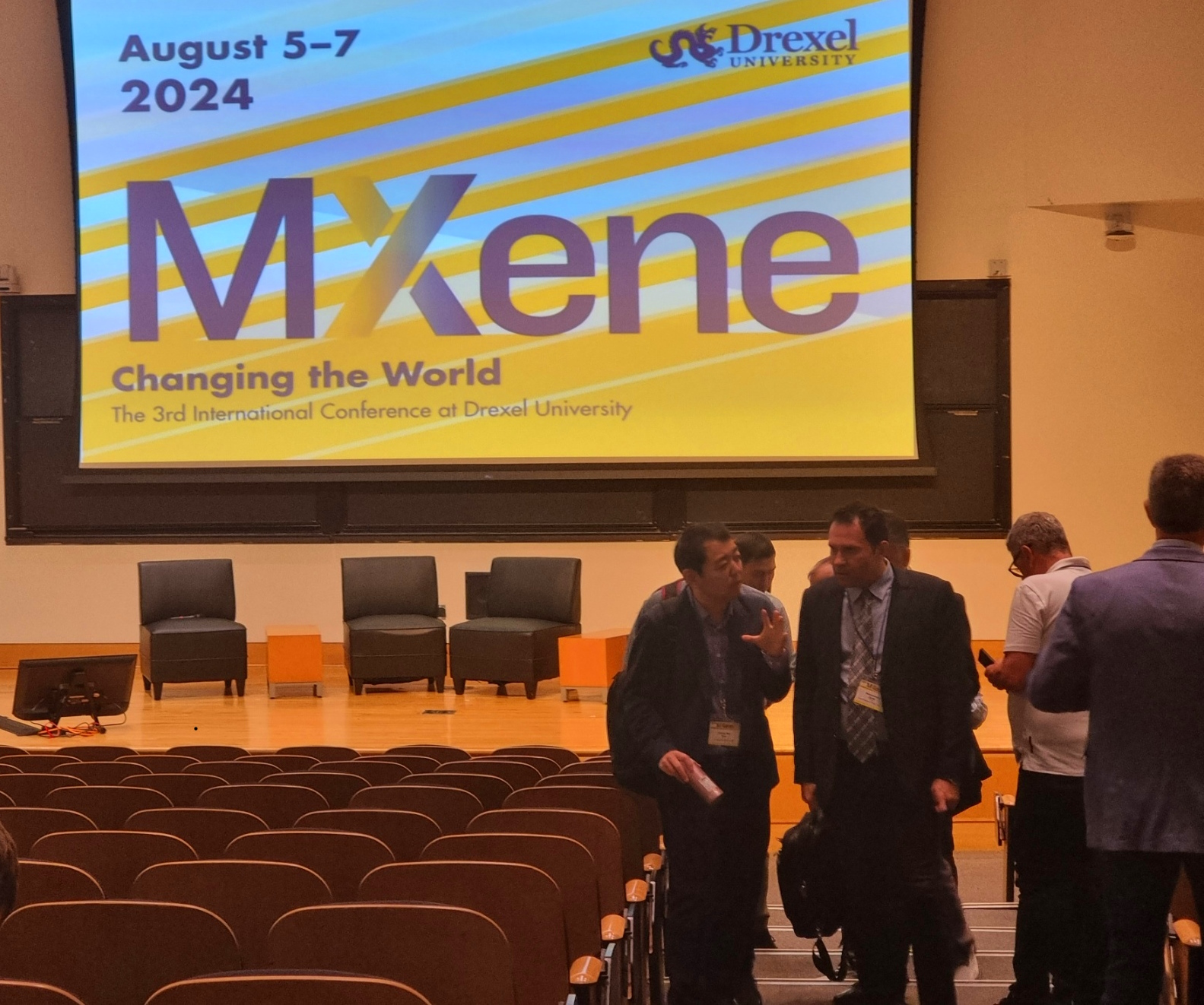 MRC and Carbon-Ukraine team visited the 3rd International MXene conference held at Drexel University on August 5-8, 2024. Conference brought together the best reserchers and leading experts on MXene field.
MRC and Carbon-Ukraine team visited the 3rd International MXene conference held at Drexel University on August 5-8, 2024. Conference brought together the best reserchers and leading experts on MXene field. 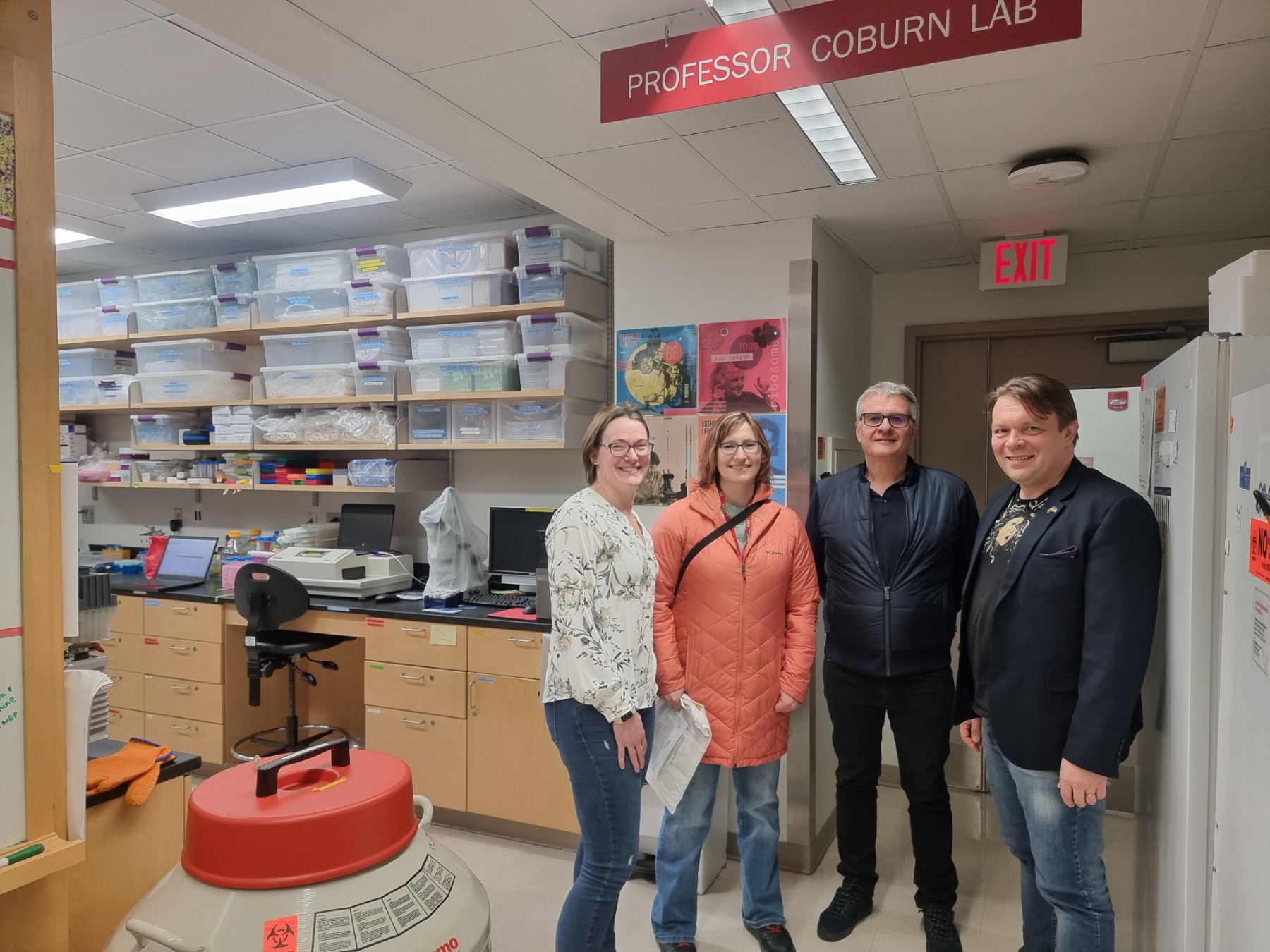
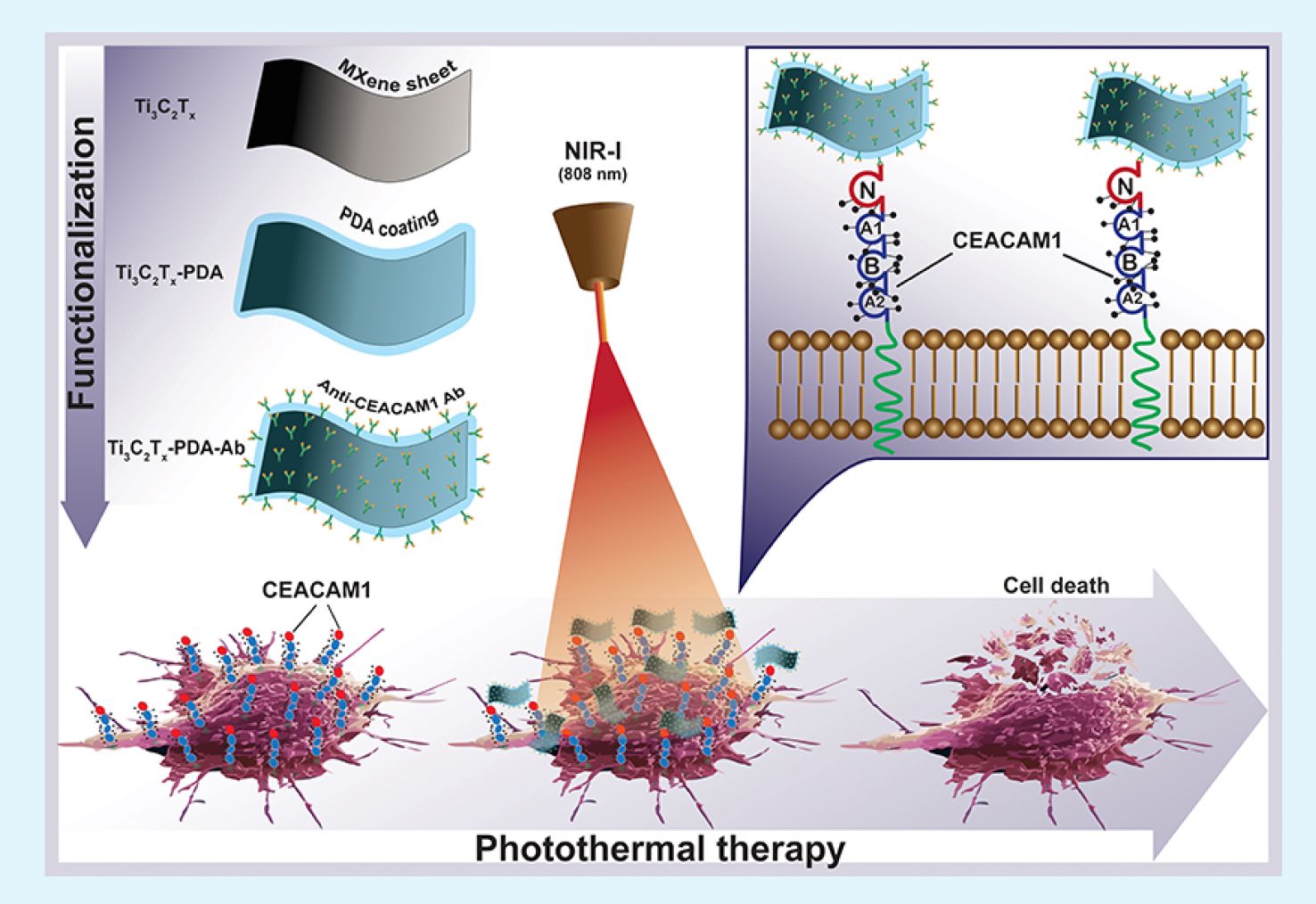 Together with colleagues from the University of Latvia, MRC/Carbone Ukraine, Adam Mickiewicz University, University Clinic Essen, and others, we have developed a novel concept involving the binding of antibodies to MXenes. In our research, we utilized anti-CEACAM1 antibodies to develop targeted photo-thermal therapy for melanoma (in vitro), paving the way for future in vivo studies and clinical trials. For the first time, we demonstrate the feasibility of delivering MXenes specifically targeted to melanoma cells, enabling the effective ablation of cancer cells under near-infrared (NIR) light. This new technique opens up vast potential for the application of MXenes in cancer treatment, diagnostics, drug delivery, and many other medical purposes.
Together with colleagues from the University of Latvia, MRC/Carbone Ukraine, Adam Mickiewicz University, University Clinic Essen, and others, we have developed a novel concept involving the binding of antibodies to MXenes. In our research, we utilized anti-CEACAM1 antibodies to develop targeted photo-thermal therapy for melanoma (in vitro), paving the way for future in vivo studies and clinical trials. For the first time, we demonstrate the feasibility of delivering MXenes specifically targeted to melanoma cells, enabling the effective ablation of cancer cells under near-infrared (NIR) light. This new technique opens up vast potential for the application of MXenes in cancer treatment, diagnostics, drug delivery, and many other medical purposes.